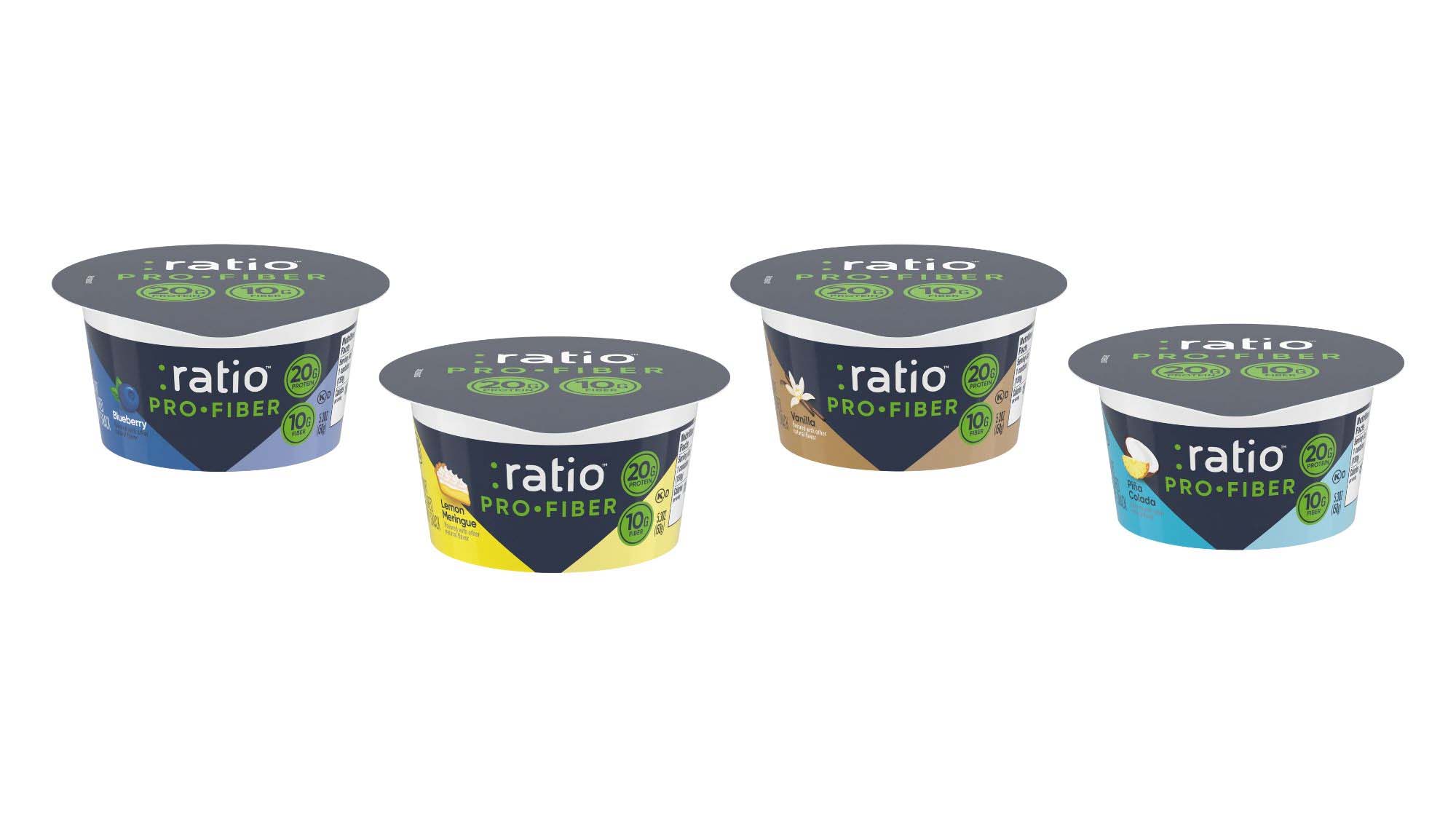

New GFI report shows plant-based foods gained ground in key US foodservice segments despite 2024 sales dip
A new report from the Good Food Institute (GFI) has shown that plant-based foods continued to play an important role in the US foodservice channel between 2020 and 2024, even as overall sales declined in 2024. The analysis, authored by GFI’s research team and released this month, examined dollar and pound sales across plant-based proteins, dairy, and eggs, alongside operator trends and consumer perceptions. The report positioned foodservice as a critical gateway for trial and adoption, particularly for consumers looking for convenient and familiar entry points into plant-based eating.
According to the report, plant-based protein dollar sales through broadline distributors reached US$289 million in 2024. While sales fell 5% year over year, the category still recorded a 4% compound annual growth rate since 2020. Plant-based milk and creamer both outperformed the broader protein category: plant-based milk rose 9% in distributor dollar sales and plant-based creamer grew 5% in 2024, reaching a 31% share of the total creamer market. Plant-based eggs remained the smallest category but continued to grow quickly, with dollar sales up 28% and pound sales up 30% in 2024.
The report framed foodservice as a pivotal channel for the category’s next phase of expansion. GFI researchers noted that professionally prepared dishes help overcome consumer barriers by showcasing plant-based ingredients in more appealing formats. Foodservice placement also widens access, allowing consumers to encounter plant-based offerings in settings where they may be more open to trying something new. The authors stressed that restaurants, cafeterias, and other operators offered valuable environments for collecting feedback, refining products, and gauging repeat interest.
The 40-page analysis also broke down performance across plant-based proteins, including analog meat and seafood, tofu, tempeh, grain-based items, nut-based options, and veggie-forward products. Analog products continued to account for more than half of all plant-based protein pound sales, reflecting ongoing consumer preference for items that mimic the taste and functionality of animal meat. Although the broader category experienced a decline, several sub-segments grew in 2024, including plant-based pork, pork patties, chicken tenders, and chorizo sausage. Sales of tofu and tempeh also increased. The report noted that restaurants remained the dominant purchaser of plant-based proteins but that sales to healthcare, business and industry, and government operators expanded in 2024.
GFI’s researchers emphasized that price and taste remained the largest obstacles to growth. Consumer studies cited in the report showed that improvements to taste, texture, and price were essential to bolstering trial and repeat purchases in foodservice settings. The authors wrote that familiar flavors, recognizable formats, strong chef engagement, and opportunities for sampling were effective levers to help overcome consumer hesitancy.
The report highlighted significant untapped demand. In a GFI consumer study conducted in 2024, 71% of US consumers aged 18 to 59 said they were at least somewhat likely to eat plant-based meat or dairy in the future. Half said they would be likely to order plant-based meat in restaurants or cafeterias, with even higher interest among specific consumer segments. The availability of plant-based dishes in foodservice ranked among the factors that could meaningfully increase consumption: more than one in 10 consumers overall, and two in 10 consumers who had eaten plant-based meat in the past year, said they would consider plant-based meat more often if it were easier to find in the restaurants they visited.
GFI’s analysis presented foodservice as an opportunity for plant-based manufacturers to improve category momentum by pairing innovation with availability. While lower-cost items, improved flavor and texture, and greater menu integration were all cited as essential drivers, the authors underscored that foodservice operators themselves could play a central role in the category’s recovery. Menu developers, chefs, and procurement teams were encouraged to support trial by positioning plant-based dishes alongside conventional offerings and leaning on flavor-forward formats.
The report also examined broader shifts in foodservice purchasing. While restaurants remained the largest buyers of plant-based proteins, their share fell slightly compared to 2023. Growth from healthcare, corporate dining, and government operators suggested opportunities for plant-based brands to expand beyond restaurants and into institutional settings. The authors noted that institutional foodservice providers often look for consistency, scalability, and cost stability, which could benefit product categories such as tofu, tempeh, and grain- or vegetable-based proteins.
In dairy alternatives, plant-based milk continued to drive the category, supported by both consumer familiarity and wide-ranging foodservice applications. Plant-based creamers experienced steady growth and reached nearly one-third of the total creamer market. The report linked this performance to strong demand in coffee-based beverages and expanding interest from café operators. Plant-based yogurt and cheese saw mixed results, though the authors noted ongoing product development aimed at improving melt, stretch, and flavor in plant-based cheese applications.
Across eggs, the authors described the segment as small but promising. Growth of 28% in dollar sales and 30% in pound sales in 2024 reflected heightened consumer curiosity and improved functionality in certain products. With more foodservice operators using plant-based eggs in breakfast items, bakery applications, and specialty dishes, the report indicated room for continued expansion if performance and pricing continue to improve.
Overall, GFI’s research painted a picture of a category facing headwinds but supported by strong underlying consumer interest. The authors emphasized that the U.S. foodservice market remained a major avenue for introducing plant-based foods, particularly as operators rebuild menus and refine offerings in a post-pandemic environment. The report concluded that while greater innovation, improved taste and texture, and better price parity would all be required for sustained growth, consumer intent signaled a substantial addressable market waiting to be activated.
The full report, U.S. Foodservice Market Insights for Plant-Based Foods, authored by GFI’s research team, provided a detailed view of the sector’s performance between 2020 and 2024. The authors stressed that foodservice remained a “crucial channel” for the category’s future and outlined strategies for brands and operators aiming to meet evolving consumer expectations.
If you have any questions or would like to get in touch with us, please email info@futureofproteinproduction.com






